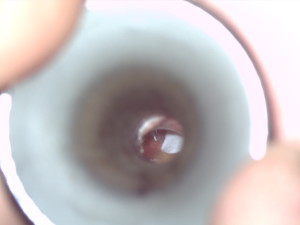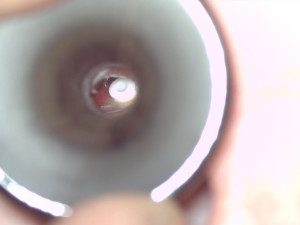For the treatment of persistent fluid buildup causing chronic ear infections, ear tubes are small tubes, made of several different materials, which are inserted into the eardrum to keep the middle ear aerated for a prolonged period of time.
When children are very young the Eustachian tube that allows the middle ear to drain and equalize pressure is small and drains poorly. Because of this very small children, and those with craniofacial disorders are predisposed to getting infections of the middle ear. Children exposed to second hand smoke and those in large day care groups also appear to be at higher risk. These infections are often mild and self limited (viral) but frequently require antibiotics for resolution (bacterial).
Although this is true, ear infections and/or persistent fluid in the middle ear may become a chronic problem leading to other issues such as hearing loss, behavior, and speech problems. Rarely, these infections can spread beyond the middle ear and cause more serious problems such as meningitis, mastoiditis and abscesses.
The ear tubes themselves are tiny (about the size the point on a ball point pen) and are made of a variety of materials including certain plastics and titanium. Tubes may be classified into short and long term types. Short term tubes typically remain in for approximately 6 months after which time the body pushes them out of the drum and closes the hole. For adults and children with longer term issues a more permanent tube such as a "t-tube" can be inserted. In children that have a single set of ear tubes about 5-10% of them will eventually need another set of tubes.
Ear tubes have been shown to improve hearing, speech and balance problems and lessen the risk of future infections in appropriately selected patients. Complications with ear tubes are rather low and can include damage to the small bones in the middle ear and creating a hole in the drum that won't close. Occasionally the tube comes out more quickly than anticipated, or does not come out over a long period of time and needs to be removed.

Fluid behind eardrum in an adult.

Same patient after tube was placed and fluid was drained.